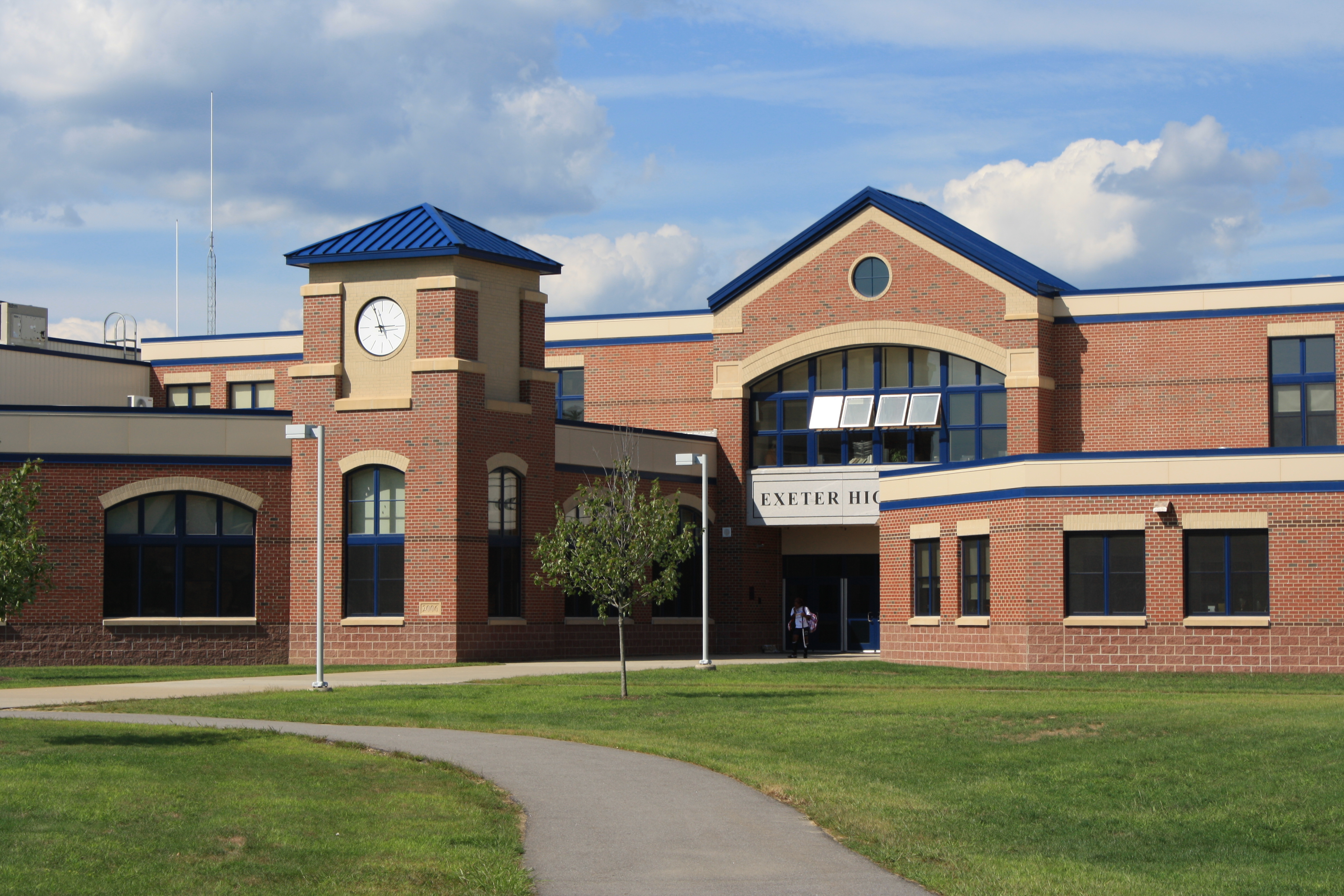The Schoolboy's World: Navigating Education's Evolving Landscape
Table of Contents
- The Daily Rhythm of a Young Scholar
- Beyond the Classroom: Shaping the School Environment
- Navigating the Digital Landscape: Challenges and Solutions
- The Foundation of Quality Education: Standards and Accreditation
- Pathways to the Future: Exploring Diverse Educational Avenues
- Overcoming Academic Hurdles: The Role of Open Universities
- The Holistic Development of a Schoolboy
- Supporting the Journey of Every Young Learner
The Daily Rhythm of a Young Scholar
For a 9-year-old schoolboy, the school day is a structured segment of their life, a consistent rhythm that shapes their learning and social interactions. The typical school day, as observed in many institutions, commences between 08:00 and 08:35:00, signaling the start of a packed schedule. This early start ensures that students have ample time for a comprehensive curriculum, covering core subjects like mathematics, language arts, science, and social studies, alongside other enriching activities. The school day typically concludes between 15:30 and 16:00, providing a full day of instruction and engagement. However, there's a notable exception: Fridays. On Fridays, the school day often ends a few hours earlier than usual. This adjustment can serve multiple purposes, from allowing for teacher professional development to providing students with an earlier start to their weekend, fostering a sense of anticipation and balance. For a young schoolboy, this slight variation can significantly impact their weekly routine, offering a welcome change of pace and an opportunity for extracurricular pursuits or family time. This consistent yet flexible schedule is crucial for establishing routines, developing discipline, and ensuring that every student, including a 9-year-old schoolboy, receives the necessary instructional hours for their academic growth.Beyond the Classroom: Shaping the School Environment
Education extends far beyond the confines of textbooks and lectures. A truly enriching school experience involves active participation and a sense of ownership from the students themselves. Empowering students to contribute to their school's environment fosters a deeper connection to their learning institution and cultivates valuable life skills.Fostering Student Voice and Agency
One powerful way to enhance the school environment is by actively involving students in decision-making processes. When a student, perhaps a bright 9-year-old schoolboy, shares ideas and suggestions in meetings, they are not just voicing opinions; they are helping to make the school a better place. This process teaches them about civic engagement, problem-solving, and the impact of their contributions. It transforms them from passive recipients of education into active participants in its evolution. This direct involvement can lead to tangible improvements, from changes in cafeteria menus to suggestions for new clubs or improved playground equipment, demonstrating that their perspectives are valued and can lead to meaningful change.The Power of Community Events
Organizing events, like fundraisers or spirit days, is also a vital part of the school's dynamic. These activities are not merely about raising money or boosting morale; they are powerful tools for building community, fostering teamwork, and developing leadership skills among students. A young schoolboy participating in planning a spirit day might learn about logistics, communication, and collaboration. Fundraisers, whether for school equipment or a charitable cause, instill a sense of responsibility and altruism. Such events create memorable experiences, strengthen bonds between students and staff, and cultivate a vibrant school culture that supports holistic development. They teach invaluable lessons that cannot be found in any curriculum, preparing students for active roles in their communities beyond school walls.Navigating the Digital Landscape: Challenges and Solutions
In today's interconnected world, the digital landscape is an undeniable part of a student's life, including a 9-year-old schoolboy. While technology offers immense educational opportunities, it also presents challenges, particularly concerning access and distractions within school environments. Schools often implement restrictions on certain websites and applications to maintain focus and ensure appropriate content consumption. For students eager to access their favorite platforms, like Pinterest, while at school, these restrictions can be a source of frustration. However, there are legitimate, simple ways to navigate these digital barriers, and understanding them is part of modern digital literacy. For instance, a virtual private network (VPN) is a tool that can help bypass school restrictions and provide access to blocked content. While VPNs offer a solution, it's crucial for schools to educate students on responsible digital citizenship, emphasizing the appropriate use of technology and the importance of adhering to school policies. This balance between providing access and ensuring safety is a continuous challenge for educational institutions, requiring ongoing dialogue and clear guidelines for students and parents alike. The goal is not just to unblock sites but to teach discernment and responsible online behavior, ensuring that technology serves as a tool for learning and growth, not a source of distraction or harm.The Foundation of Quality Education: Standards and Accreditation
The quality of education a student receives is paramount, directly impacting their future opportunities and overall development. For parents and students, understanding what constitutes a high-quality educational institution is crucial. One of the most significant indicators of educational excellence is accreditation.Understanding Educational Excellence
Accreditation signifies that a school meets high standards for quality and excellence in education. It's a rigorous process where independent bodies evaluate an institution's curriculum, faculty qualifications, student services, financial stability, and overall educational outcomes. When a school achieves accreditation, it's a badge of honor, demonstrating a commitment to continuous improvement and adherence to established benchmarks. For instance, the recognition that GIMPA courses are recognized around the world due to accreditation highlights the global portability and credibility of such qualifications. This commitment to quality ensures that the education provided is robust, relevant, and prepares students effectively for higher education or the workforce. For a young schoolboy, attending an accredited institution means they are receiving an education that is not only locally respected but potentially globally recognized, opening doors to a wider range of future possibilities. It provides assurance that the school is dedicated to delivering a valuable and impactful learning experience, laying a strong foundation for their academic and professional journey.Pathways to the Future: Exploring Diverse Educational Avenues
The educational journey extends far beyond primary and secondary school, offering a myriad of pathways to higher learning and specialized careers. The choices made during these formative years, even for a 9-year-old schoolboy, can subtly influence future aspirations. The landscape of higher education and vocational training is incredibly diverse, catering to a wide range of interests and academic backgrounds. For those pursuing advanced academic degrees, institutions like the University of California, Davis's School of Veterinary Medicine stand as beacons of specialized learning. Located in Davis, California, this public veterinary school offers a BSVS degree, a program designed to equip students with comprehensive knowledge and practical skills in veterinary science. Such institutions represent the pinnacle of academic and professional training, preparing individuals for highly specialized and impactful careers.Vocational and Professional Training
Beyond traditional university degrees, vocational and professional training schools offer equally valuable pathways. The South African School of Carpentry, for example, provides practical, hands-on training in skilled trades. Their courses, such as teaching students how to build and install kitchen furniture, including cabinets, directly prepare individuals for immediate employment and entrepreneurship in a specific craft. This highlights the importance of practical skills and the diverse forms that valuable education can take. Furthermore, the operational backbone of any educational institution relies on skilled professionals like school accountants. These individuals need a unique blend of financial knowledge, technical skills, communication skills, and strong ethical values to manage the financial affairs of educational institutions effectively. Their role is critical in ensuring the sustainability and efficient operation of schools, from managing budgets to handling payroll, directly supporting the learning environment for every student, including the young schoolboy. These varied examples underscore that education is not a one-size-fits-all journey but a spectrum of opportunities designed to meet diverse talents and career ambitions.Overcoming Academic Hurdles: The Role of Open Universities
The traditional path to higher education often emphasizes high school grades as a primary determinant for university admission. However, for some students, perhaps those who faced challenges during their high school years, their grades might not be good enough to qualify for admission to a degree program at a traditional university. This doesn't mean the end of their educational aspirations. Open universities provide an invaluable alternative, offering flexible and accessible pathways to higher education. Unlike traditional institutions, there is usually no formal test for admission to open universities. Instead, these institutions often operate on an "open access" principle, assuming that individuals, regardless of their prior academic performance, have the potential to succeed with the right support and resources. This model is particularly beneficial for adult learners, those balancing work and study, or individuals who wish to pursue education later in life without the rigid entry requirements of conventional universities. It democratizes access to learning, ensuring that the pursuit of knowledge and personal development remains an option for everyone, regardless of their past academic record, fostering lifelong learning and second chances.The Holistic Development of a Schoolboy
The journey of a 9-year-old schoolboy is a testament to the comprehensive nature of education. It's not solely about absorbing facts and figures but about nurturing a well-rounded individual. From the structured daily schedule that instills discipline and routine, to the opportunities for students to voice their ideas and actively shape their school environment, every element contributes to their growth. The challenges of navigating the digital world, learning responsible online behavior, and understanding the importance of accredited, quality education are all part of this intricate developmental process. Furthermore, exploring diverse educational and career pathways, from veterinary medicine to carpentry and school accounting, broadens a young student's horizons, demonstrating the vast possibilities that lie ahead. Even the existence of open universities underscores the belief that learning is a lifelong pursuit, accessible to all, regardless of past academic performance. The schoolboy's experience encapsulates a dynamic interplay of academic rigor, social-emotional learning, and practical skill development, all aimed at preparing them for a fulfilling future.Supporting the Journey of Every Young Learner
The success of a 9-year-old schoolboy, and indeed every student, hinges on a supportive ecosystem. This ecosystem includes dedicated educators who foster a stimulating learning environment, parents who provide encouragement and guidance, and a community that values education. Ensuring that schools are well-resourced, that teachers are continuously developed, and that students have opportunities to explore their interests beyond the standard curriculum are all vital components. Moreover, addressing challenges like digital literacy, promoting student well-being, and providing clear pathways for academic and vocational growth are crucial responsibilities of the educational system. By prioritizing quality, fostering student agency, and embracing diverse learning models, we can collectively ensure that every young learner is equipped not just with knowledge, but with the skills, resilience, and curiosity needed to thrive in an ever-changing world.Conclusion
The world of a "school boy 9" is rich with daily routines, opportunities for growth, and evolving challenges. From the precise timing of the school day to the broader implications of accreditation and diverse career paths, every aspect contributes to shaping a young individual's future. The insights from the provided data underscore the multifaceted nature of education, highlighting the importance of student involvement, digital literacy, and the availability of varied learning avenues. Ultimately, the goal is to cultivate environments where every student, like our representative 9-year-old schoolboy, can flourish academically, socially, and emotionally. We hope this exploration has provided valuable insights into the dynamic landscape of modern education. What are your thoughts on how schools can better support young learners today? Share your perspectives in the comments below, or explore our other articles on educational best practices and student development!
File:Staples High School, Westport, CT.jpg - Wikipedia, the free

- School Photo (36812026) - Fanpop

NCERT set to review its school textbooks